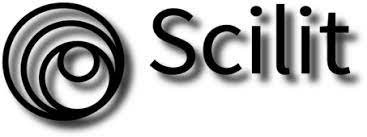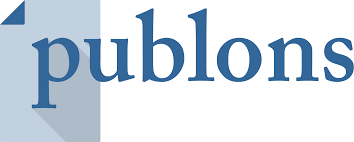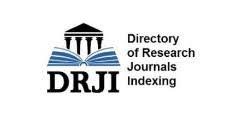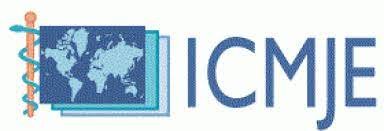Research Article
A research article is a document that presents the results of an author’s unique investigation. Its primary objective is to contribute to the existing knowledge within a specific field. In contemporary times, research papers serve as the most essential means of sharing research findings. Research articles encompass original study results, evaluations of previous findings, and demonstrations of innovative inventions.
Manuscript Structure
Type of Article
Research Article/ Review Article/ Case Report/ Short Communication/ Mini Review/ Opinion /Letter to Editor
Title
An accurate synopsis of the paper’s contents should be included in the title. A compelling title will attract readers and facilitate their online search for the content, ultimately leading to a higher number of citations. The title should provide a glimpse of the paper’s intriguing discoveries while incorporating relevant keywords. A title that poses a question or emphasizes the primary findings will have a greater impact compared to a title that merely summarizes the study’s methodology.
Authors and affiliations
The authors should disclose their affiliations, including their names, departments, institutions, universities, cities and countries.
Corresponding Author
The details that should be included are the name, department, institution, university, city, state, country, phone, fax, and email.
Abstract
The abstract must be informative and completely self-explanatory, offering a concise summary of the topic, outlining the experimental parameters, emphasizing significant data, and highlighting key findings and conclusions. After providing a brief summary of the theme, the breakdown reiterates the main objectives of the paper and identifies potential avenues for future research. A 300-word abstract can effectively summarize the subject matter. This section should not include any reference citations, and acronyms should be accompanied by examples. An ideal structure would encompass the study’s background, methodology, findings, and conclusion.
Keywords
Three to six catch phrases or keywords, broken up with a semicolon (e.g., Fertilizers; Soil fertility; Maize growth)
Introduction
The paper’s tone should be appropriately addressed, encompassing a comprehensive explanation of the investigation, relevant literature, and the proposed approach or outcome. Moreover, it is crucial to captivate the attention of viewers from various scientific disciplines.
Materials and Methods
The Materials and Methods section ought to present a thorough study framework. It is imperative to incorporate details regarding the materials or participants, comparisons, interventions, and types of research. It is essential to reference previously published methodologies, clearly articulate new procedures, and briefly address specific alterations made to published approaches.
Results and Discussion
It should provide all of the experimental data needed to support the conclusion. The Results and Discussions sections can be either merged or kept separate. While it is permissible to incorporate them into the discussion section, the results should not contain any speculative or descriptive data analysis.
Conclusion
This final portion of the study provides a more thorough summary of the significant findings and their consequences.
Acknowledgement
The text should include details regarding grants, funding, conflicts of interest, and personal affirmation.
Reference Style
Journal References
Author names (Year) Title of article. Journal short name Volume(Issue): page numbers.
Book References
Author names (Year) Title of the book. (Edition), Publisher name, place, city, country, pp. page numbers.
Author names (Year) Chapter/ topic name. In: Author name/s (Editors.), Book name. (Edition), Publisher name, place, city, country, pp. page numbers.
Conferences
Author names (Year) Conference topic. Name of the conference, Country
Figures
Figures must be in either PNG or JPEG format.
Figure Legends: An explanation of the figures or graphic.
Tables
Tables can be uploaded either as a standalone file or integrated within the text, and they can be organized vertically or horizontally on the page.
Tables Legends: An explanation of the figures or graphic. Full version of each acronym that appears in the table. Even if it has been explained in the text, provide the complete form.
Indexed In







Top Editors




